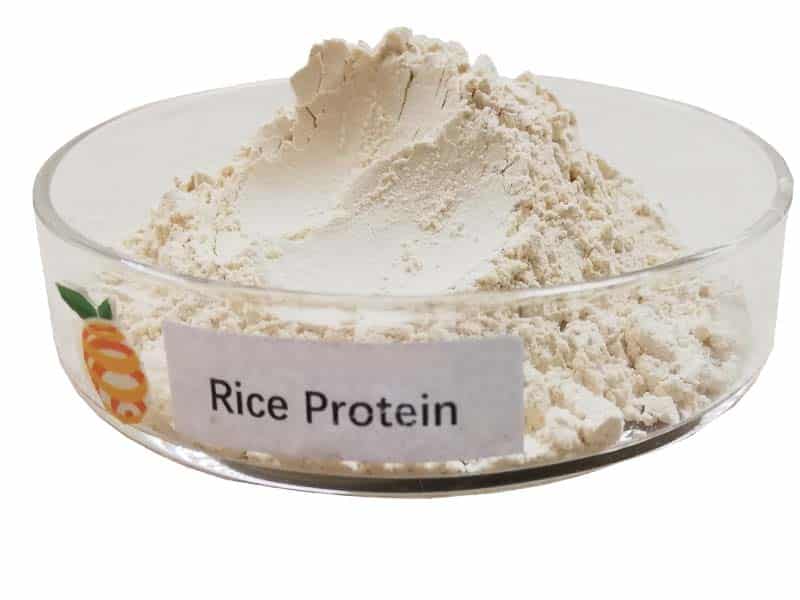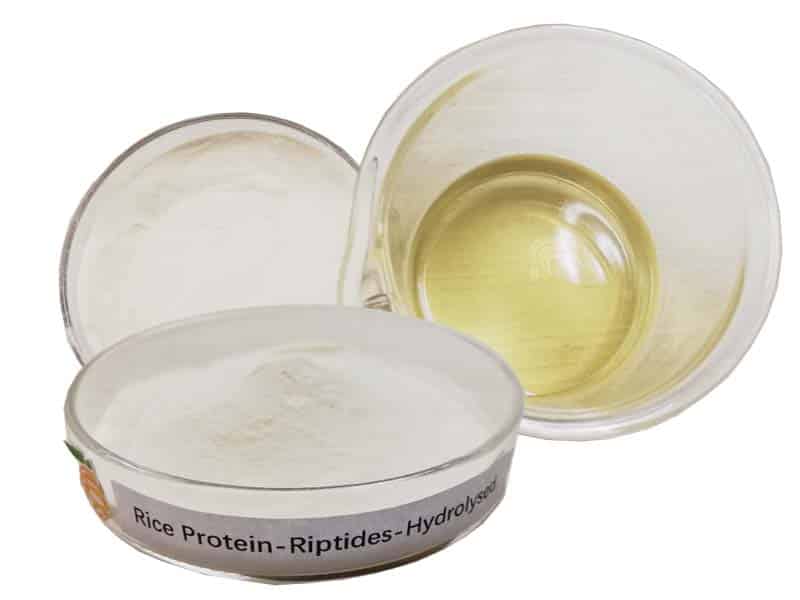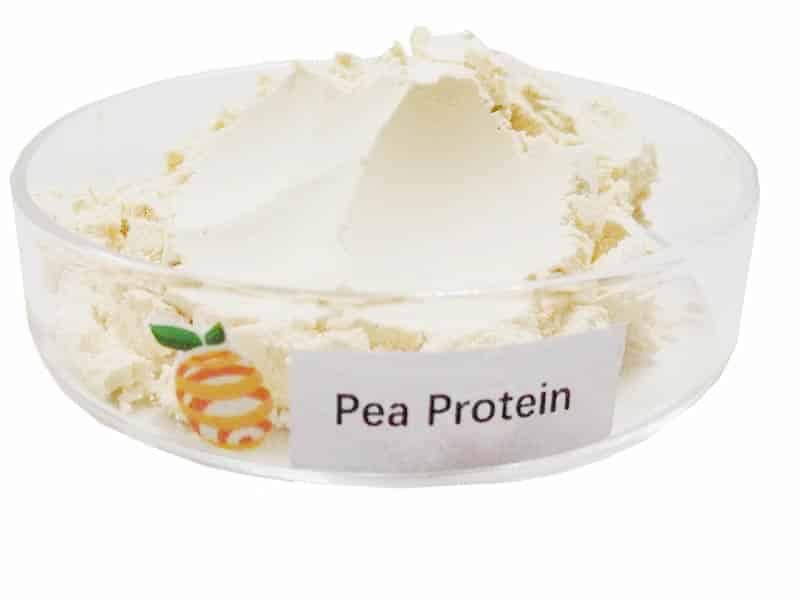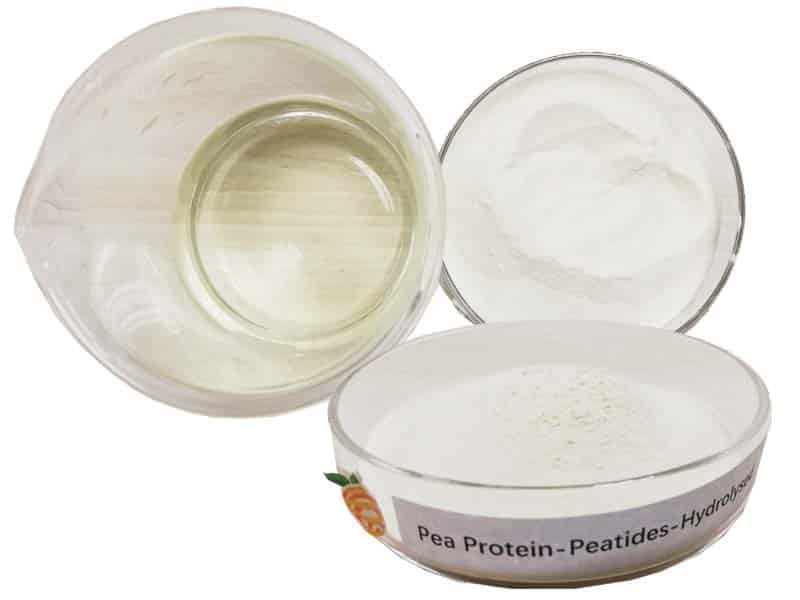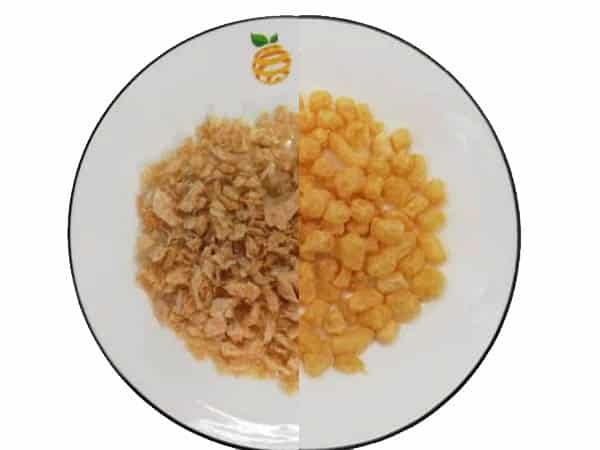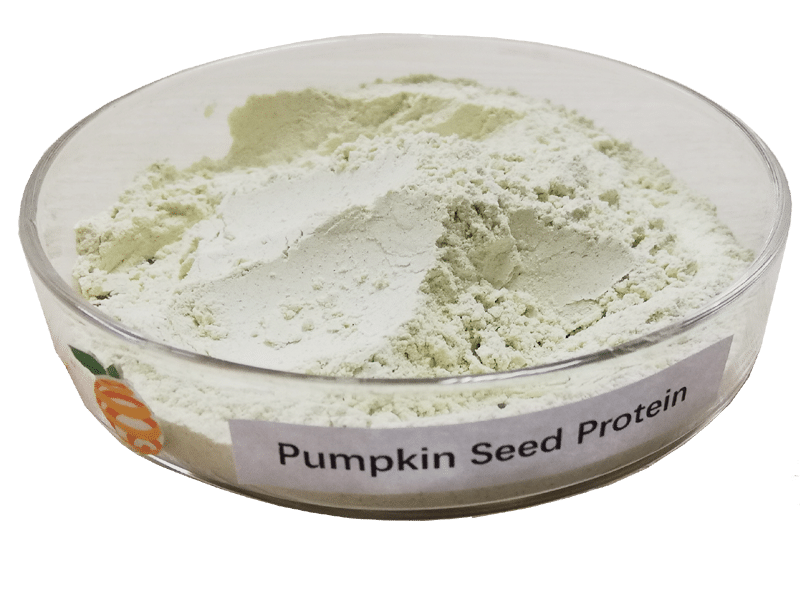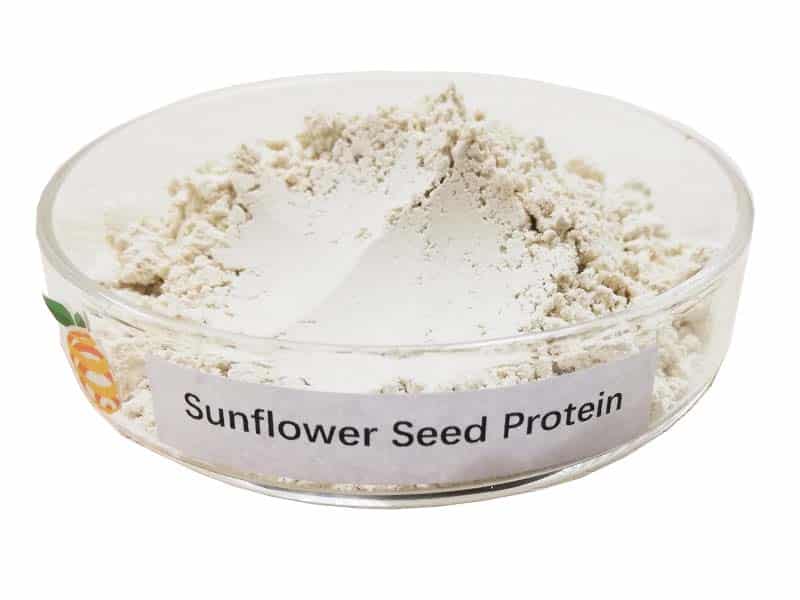Glucoraphanin Molecular Weight And Chemical Properties
-
Table of Contents
- Glucoraphanin: Exploring Its Molecular Weight and Chemical Properties
- Understanding Glucoraphanin
- Molecular Weight and Structural Details
- Chemical Properties of Glucoraphanin
- Health Benefits Linked to Glucoraphanin
- Applications in Food and Medicine
- Future Research Directions
- Conclusion
- Explore ETprotein’s High-Quality Protein Products
Glucoraphanin: Exploring Its Molecular Weight and Chemical Properties
Glucoraphanin, a naturally occurring compound found predominantly in cruciferous vegetables like broccoli, Brussels sprouts, and kale, has garnered attention due to its potential health benefits. This article delves into the molecular weight and chemical properties of glucoraphanin, providing a comprehensive understanding of its role in nutrition and potential therapeutic applications.
Understanding Glucoraphanin
Glucoraphanin is a glucosinolate, a type of sulfur-containing compound that plays a crucial role in plant defense mechanisms. When consumed, glucoraphanin is metabolized by the enzyme myrosinase, transforming it into sulforaphane, a compound studied for its antioxidant, anti-inflammatory, and anticancer properties.
Molecular Weight and Structural Details
The molecular weight of glucoraphanin is approximately 437.5 g/mol. Its chemical formula is C12H23NO10S3, reflecting its complex structure that includes carbon, hydrogen, nitrogen, oxygen, and sulfur atoms. This molecular composition is pivotal for its biological functions and stability.
Chemical Properties of Glucoraphanin
- Stability: Glucoraphanin is relatively stable under normal storage conditions but can be degraded by prolonged exposure to heat and light.
- Solubility: It is moderately soluble in water, which is essential for its absorption in the human digestive tract.
- Reactivity: The presence of the sulfur atom makes glucoraphanin reactive towards certain enzymes, particularly myrosinase, which is crucial for converting glucoraphanin into its active form, sulforaphane.
Health Benefits Linked to Glucoraphanin
Research has highlighted multiple health benefits associated with glucoraphanin, primarily due to its conversion to sulforaphane:
- Antioxidant Properties: Sulforaphane exhibits strong antioxidant properties, helping to combat oxidative stress and reduce the risk of chronic diseases.
- Anti-inflammatory Effects: It has been shown to modulate inflammation pathways, potentially benefiting conditions like arthritis and heart disease.
- Cancer Prevention: Studies suggest that sulforaphane can inhibit the growth of cancer cells by inducing apoptosis and halting cell cycle progression.
Applications in Food and Medicine
Given its health-promoting properties, glucoraphanin is not only a focus of dietary recommendations but also of pharmaceutical research. It is being explored for use in supplements and as a potential therapeutic agent in diseases where oxidative stress and inflammation are significant contributors.
Future Research Directions
While the current findings are promising, further research is needed to fully understand the mechanisms through which glucoraphanin and its metabolites exert their effects. Areas of interest include:
- Dosage and Bioavailability: Determining the optimal intake levels and improving the bioavailability of glucoraphanin through food processing and supplement formulation.
- Clinical Trials: Conducting extensive clinical trials to confirm the therapeutic benefits and safety profiles of glucoraphanin in various populations.
- Genetic Factors: Exploring how genetic differences in enzyme activity may affect the metabolism and efficacy of glucoraphanin.
Conclusion
In conclusion, glucoraphanin is a potent glucosinolate with significant health benefits, primarily due to its conversion into sulforaphane. Understanding its molecular weight and chemical properties helps in harnessing its potential in both nutritional and therapeutic contexts. As research progresses, glucoraphanin may play an increasingly prominent role in health promotion and disease prevention strategies.
Explore ETprotein’s High-Quality Protein Products
If you are interested in enhancing your health regimen, consider exploring ETprotein’s range of high-quality protein products. Known for their purity and effectiveness, these products can be a valuable addition to your dietary supplements.
ETprotein is Glucoraphanin Factory Manufacturer and Supplier in China, Check further information by visiting the Glucoraphanin Product Page
Request Quotation and Samples of Glucoraphanin from ETprotein
About ETprotein
ETprotein, a reputable protein and elite nutrition ingredients Glucoraphanin Chinese factory manufacturer and supplier, is renowned for producing, stocking, exporting, and delivering the highest quality organic bulk vegan proteins and elite nutritional ingredients Glucoraphanin. They include Organic rice protein, clear rice protein, pea protein, clear pea protein, watermelon seed protein, pumpkin seed protein, sunflower seed protein, mung bean protein, peanut protein. Their offerings, characterized by a neutral taste, non-GMO, allergen-free attributes, cater to a diverse range of industries. They serve nutraceutical, pharmaceutical, cosmeceutical, veterinary, as well as food and beverage finished product distributors, traders, and manufacturers across Europe, USA, Canada, Australia, Thailand, Japan, Korea, Brazil, and Chile, among others.
ETprotein specialization includes exporting and delivering tailor-made protein powder and finished nutritional supplements. Their extensive product range covers sectors like Food and Beverage, Sports Nutrition, Weight Management, Dietary Supplements, Health and Wellness Products, and Infant Formula, ensuring comprehensive solutions to meet all your protein needs.
As a trusted company by leading global food and beverage brands and Fortune 500 companies, ETprotein reinforces China’s reputation in the global arena. For more information or to sample their products, please contact them and email sales(at)ETprotein.com today.

